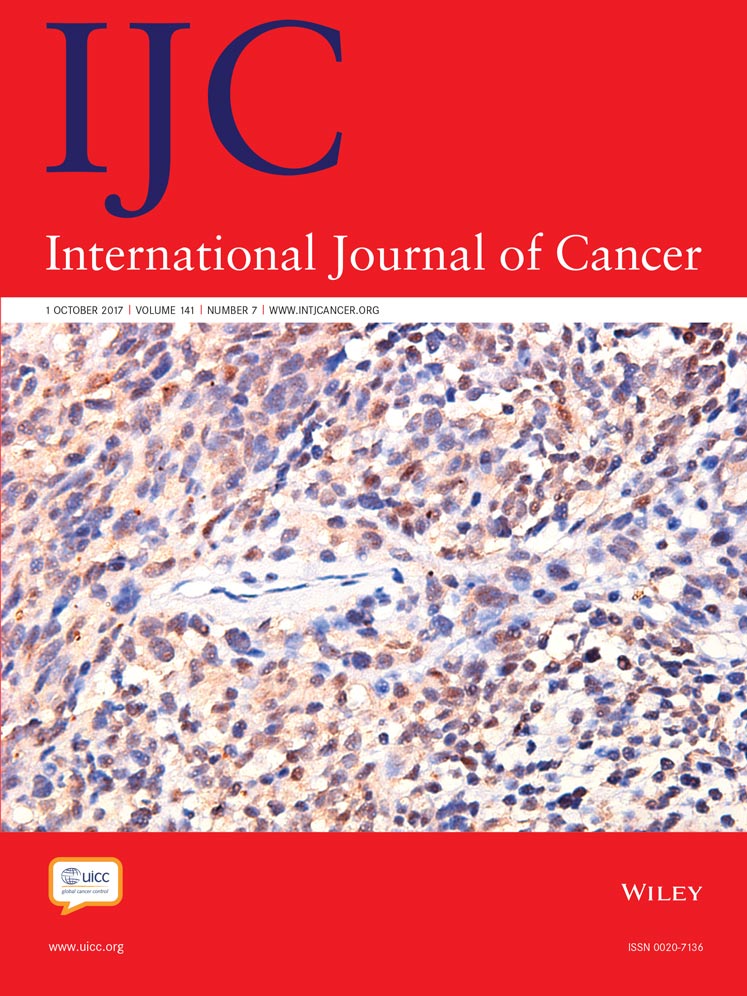Primary tumor sites in relation to ultraviolet radiation exposure and skin visibility correlate with survival in cutaneous melanoma
Abstract
The prognostic value of detailed anatomic site and ultraviolet radiation (UVR) exposure patterns has not been fully determined in cutaneous melanoma. Thus, we reviewed medical records for detailed site in a population-based retrospective Swedish patient cohort diagnosed with primary invasive melanoma 1976–2003 (n = 5,973). We followed the patients from date of diagnosis until death, emigration or December 31st 2013, and evaluated melanoma-specific survival by subsite in a multivariable regression model adjusting for established prognostic factors. We found that melanoma on chronic UVR exposure sites (face, dorsum of hands; adjusted HR 0.6; CI 0.4–0.7) and moderately intermittent UVR sites (lateral arms, lower legs, dorsum of feet; HR 0.7; CI 0.6–0.8) were associated with a favorable prognosis compared with highly intermittent sites (chest, back, neck, shoulders and thighs). Further, melanoma on poorly visible skin sites upon self-examination (scalp, retroauricular area, back, posterior upper arms and thighs, buttocks, pubic area; HR 1.3; CI 1.1–1.5) had a worse prognosis than those on easily visible sites (face, chest, abdomen, anterior upper arms and thighs, lower arms and legs, dorsum of hands and feet, palms). In conclusion, highly intermittent UVR exposure sites and poor skin visibility presumably correlate with reduced melanoma survival, independent of established tumor characteristics. A limitation of the study was the lack of information on actual individual UVR exposure.
Abstract
What's new?
Patients with melanoma on the trunk, scalp and neck generally have poorer prognosis than those whose cancers appear on the extremities or face. To further refine predictions, these authors further classified anatomic locales both by presumed UVR exposure and visibility upon skin self-examination. Melanomas on regions receiving chronic and moderately intermittent UVR exposure had better outcomes than those in highly intermittent exposure sites. A favorable outcome also correlated with cancers in skin sites that were easily, compared to poorly, visible to the patient.




